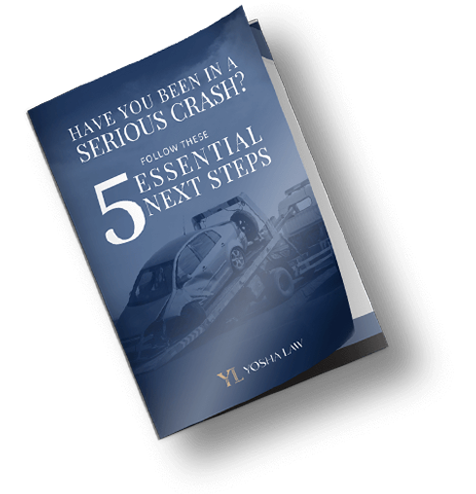In most car accidents, damages are divided into two categories: economic and non-economic. Economic damages refer to the actual financial losses an individual incurs due to their injuries, such as medical bills and loss of income. However, non-economic damages, or general damages, are non-measurable and cannot be calculated, such as pain and suffering. Pain and suffering are classified as physical discomfort and mental anguish that are compensatory damages. These damages can be in the form of injury, like a traumatic brain injury or back pain, or intangible harm, such as anxiety or depression. To calculate the value of pain and suffering, claimants mostly commonly use the “multiplier” method or the “per diem” method.
How to Determine the Value of Pain and Suffering
A popular method of calculating pain and suffering damages is the multiplier method. Claimants determine their economic damages and multiply the value by a specific multiplier to get the value of pain and suffering. Historically, economic damages are multiplied by three; however, the multiplier varies case by case.
Although a common practice, insurance companies are now more reluctant to accept this method of calculation. Recently, computer software determines the multiplier factor. The program considers various factors, such as the seriousness of injuries, any aggravating circumstances, and the length of recovery to generate the multiplier. The multiplier generally ranges from one to four, depending on the severity of the accident. This approach now accounts for the significance of the accident; for instance, a fender bender would not have the same multiplier as an accident that left multiple people hospitalized.
Daily Rate Method
The daily rate method, or the per diem method, is calculated by the amount of money the claimant is losing due to the effects of the car accident, in this scenario you have to call a car accident lawyer in Indianapolis. Often this regular amount is determined by the claimant’s income. Besides income, the claimant may claim a certain amount; however, there must be reasonable proof and information on why they have chosen that amount.
Many use both the multiplier and per diem method to get an estimate to determine pain and suffering most systematically. Based on the estimates that both methods will provide, the claimant would need to adjust the amount based on several factors, such as the severity of the injuries, how long the claimant was out of work, if others involved were injured, etc.
Other factors to consider when calculating a claimant’s pain and suffering damages include mental health effects of the injury, how the injury impacts everyday life, whether the injuries will heal, the age of the victim, and many more.
How Can You Prove Pain and Suffering Damages?
In general, claimants should keep all evidence and documentation associated with the accident to explain why their pain and suffering demand is justified. That way, when it is time to speak with an experienced personal injury attorney in Lake County, they would be able to use the evidence to turn the case in your favor.
Examples can include:
- Medical records
- Expert testimony
- Psychiatric records
- Photographs of injuries
- Pictures of the car post-accident
Contact an Experienced Car Accident Attorney Today
Dealing with a car accident can be overwhelming and cumbersome. It is especially true for the most car accidents injury claims in Gary, where the impact of pain and suffering can be profound. The sooner you speak with an experienced personal injury attorney about your car accident, the sooner the attorney may file your pain and suffering claim. Contact us to speak with a car accident attorney today.






